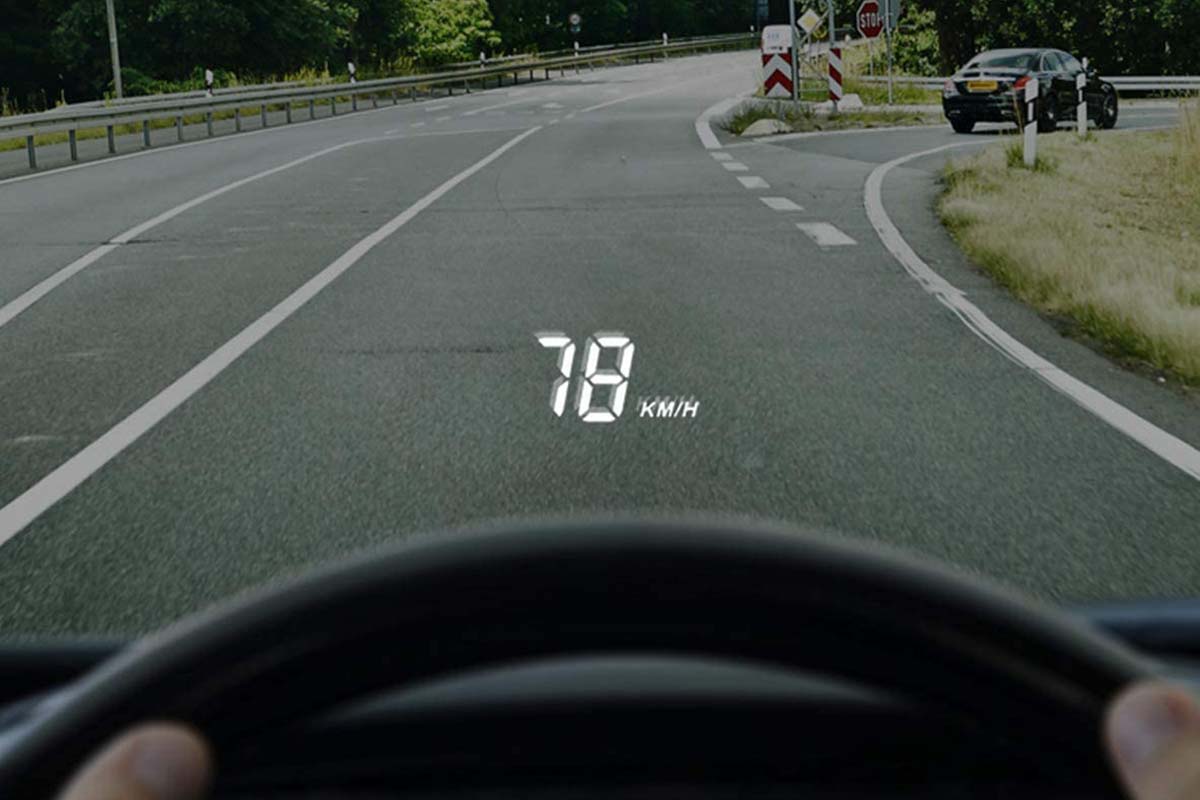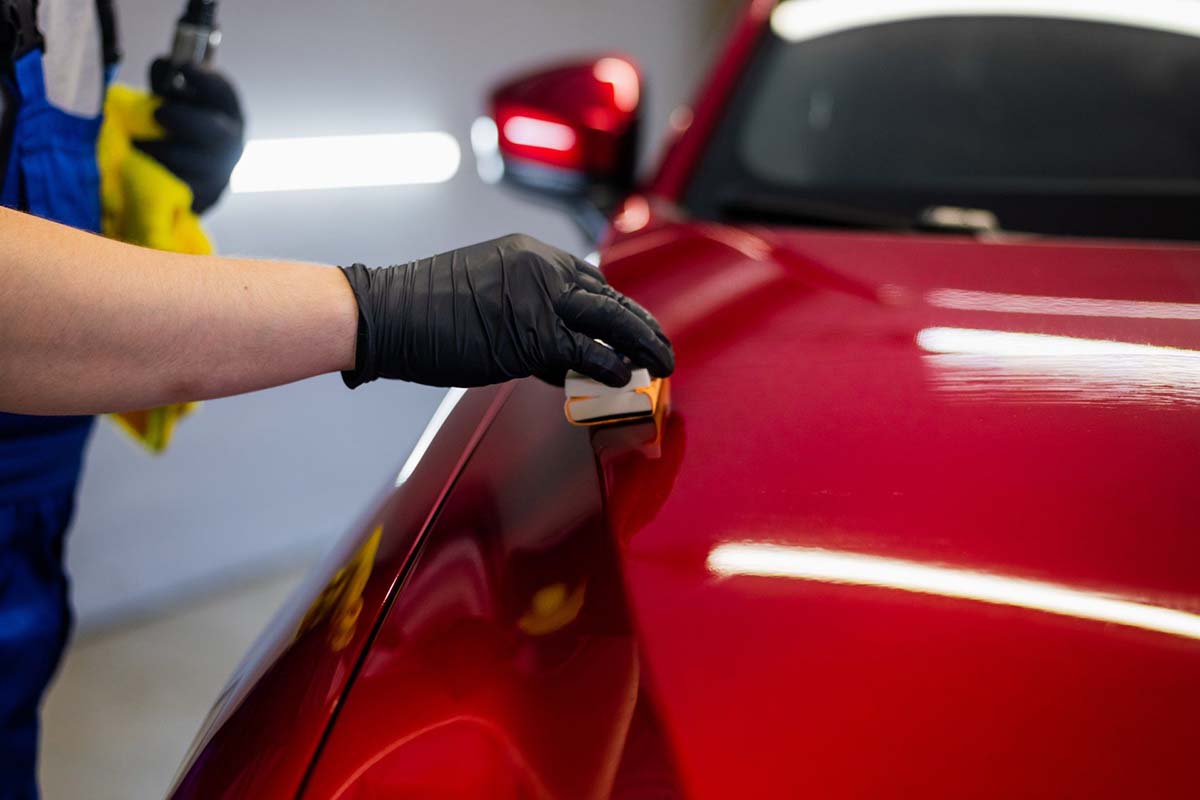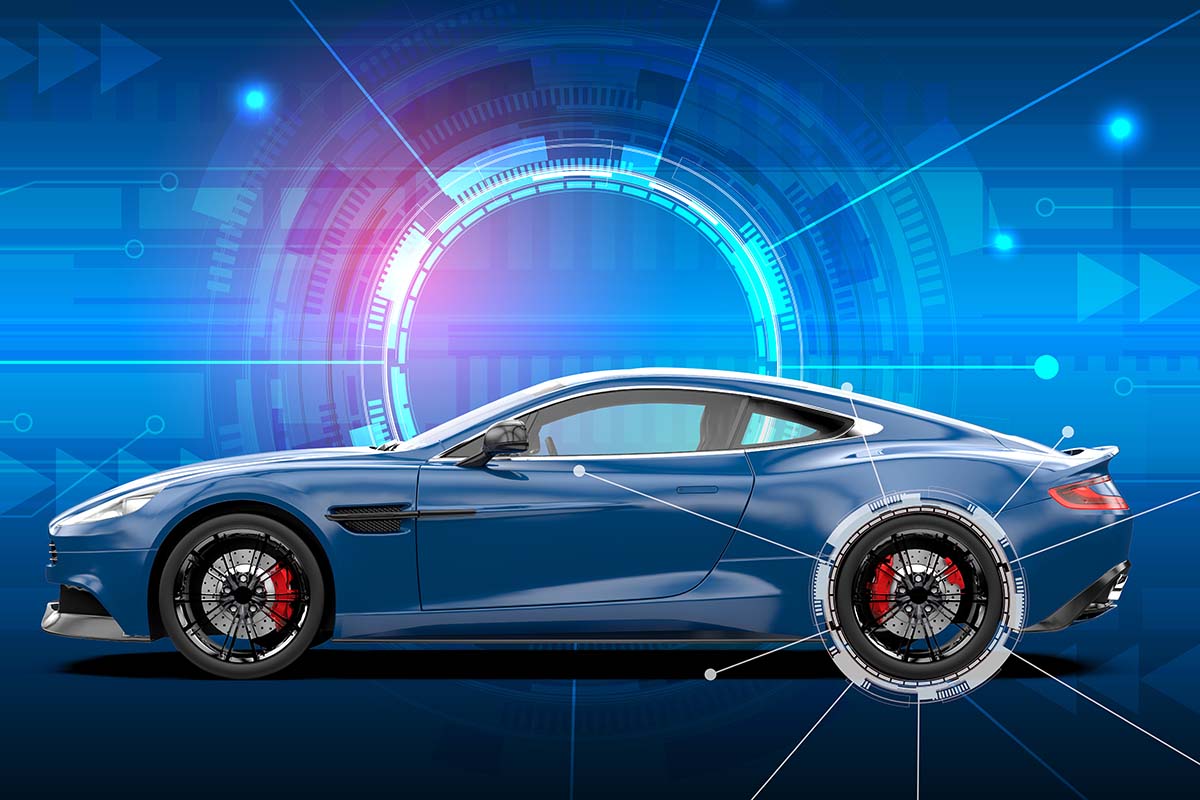The Latest Developments In Automobile Technology And Design
The global market for self-driving cars is on the rise, propelling the race to develop the best automobile technology. In fact, experts predict that one in ten vehicles will be fully autonomous in 2030, according to news on TechRepublic. As drivers keep looking for the best next-generation tech features to fit in their cars, there’s no doubt automotive technology will continue to accelerate at full speed.
Today, trends in-car tech innovation span across the interior and exterior parts. And they all aim to improve safety, comfort, connectivity, and fuel efficiency.
Whether inside the cabin or under the hood, there are plenty of high-tech features to look forward to, such as adaptive headlights with MEMs scanners. Read on to get insights into some of the latest automobile technology and artificial intelligence design developments.
Advanced Driver Assist Systems
Also known as ADAS, advanced driver-assist systems utilize a human-machine interface to enhance the driver’s reaction time to potential dangers on the road. Typically, driver assist systems increase your ability to react to road dangers through early warning and automated safety systems. Most ADAS features are in-built in most automobile models while aftermarket systems are available for drivers to add or personalize their vehicles.
Popular advanced driver assistance systems include automatic emergency braking, lane-keeping assist, adaptive cruise control, and forward-collision warning. Each one of these systems has a unique function designed to improve safety.
For instance, lane-keeping assist ensures your car stays at the center of the lane to reduce the risk of rear-end collisions. On the other hand, adaptive cruise control maintains a safe distance from the vehicle in front of you by slowing down or accelerating within a set speed limit.
Latest Developments in Automobile Technology: AR Heads-Up Displays
Augmented reality has become increasingly popular in the automotive industry, as it enhances the car buying experience for potential car owners. But that’s not the only function of AR. Today’s automakers leverage this technology to segment vital details like car speed, fuel levels, weather conditions, road traffic conditions, and directions.
Even more interesting is that this information is displayed on the windshield within the driver’s line of view in real-time. AR-enabled HUDs also display objects that increase safety risks when driving to avoid potential accidents safely.
Overall, augmented reality enhances safety and convenience by ensuring drivers focus on the road instead of keeping their eyes on busy dashboards, navigational or infotainment systems.
AR heads-up display systems are available in several automobiles like Jaguar, BMW, and Mazda. However, in the next few years, almost every car model will come standard with an AR heads-up display.
High-Tech Self-Healing Car Paint
In addition to changing how cars are developed and driven, automotive technology transforms paint applied to automobile exteriors. Advancements in vehicle paint technology range from pigments that change color and deter heat to self-healing coatings.
So, how does self-healing coating work? As the name suggests, this coating heals scratches and minor cracks or cavities on automobile exterior surfaces by themselves or with a little stimulation.
There are many benefits linked to self-healing paints, such as preventing corrosion, correcting damage, and reducing metal degradation and expenses incurred by metal failure.
While high-tech paint is a top consideration for many, you can opt for self-healing vinyl wraps and enjoy the same benefits self-healing paint coatings offer. Vinyl wraps are also durable and stylish.
But before you can settle for this option, make sure you understand the pricing because several factors influence the cost of wrapping a vehicle with vinyl.
These aspects include the vehicle size, design and bodywork, vinyl color, and car parts you desire to wrap. Your car model will also determine how much you pay for the vinyl wrap. For instance, if you intend to cover a Ferrari, experts recommend setting a budget of $7,000 upwards.
And if you’re wondering how long car wraps take, you’ll discover that they don’t take long. Therefore, it would help to take them to professionals.
Predictive Maintenance
Predictive maintenance is designed to detect irregularities in automobile parts and determine when to perform maintenance. This latest automobile development uses artificial intelligence and machine learning to collect vehicle data. It then analyzes all the information to predict car parts’ defects before malfunctioning.
Predictive maintenance applications in automobiles revolve around engine and brake inspection, transmission checkups, oil changes, and coolant replacement. Using the data collected by this feature, automakers can enhance vehicle design and features to boost safety, comfort, security, performance, and lifespan.
Over the years, automobile parts, including tires, have evolved to enhance car design and functionality. When shopping for tires, you’ll notice the material has changed significantly and increased availability of all-terrain tires and winter tires. However, the most significant innovation in tires is the run-flat tire technology.
This tech advancement is present in nearly all tires and aims to boost safety when a puncture occurs. Ideally, the run-flat tire feature enables tires to keep some air and continue functioning after a puncture.
Although you’ll be forced to drive your car at a slow pace for a short distance, this feature helps you get to a garage safely. Additionally, you don’t need to change tires by the roadside or stay stranded in the middle of unfamiliar routes. You also don’t have to worry about blowouts derailing your journey.
Advancements in automobile technology transform the driving experience by improving safety, connectivity, communication, comfort, and security. These innovations include AR-enabled heads-up displays, predictive maintenance, advanced driver assist systems, and run-flat tires. Other technologies worth having in your car are biometrics, teen driver technology, blind-spot view monitor, automated parking, and infotainment systems, all of which may come with the help of artificial intelligence design.




















